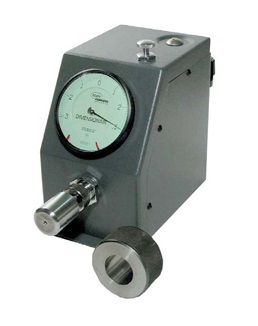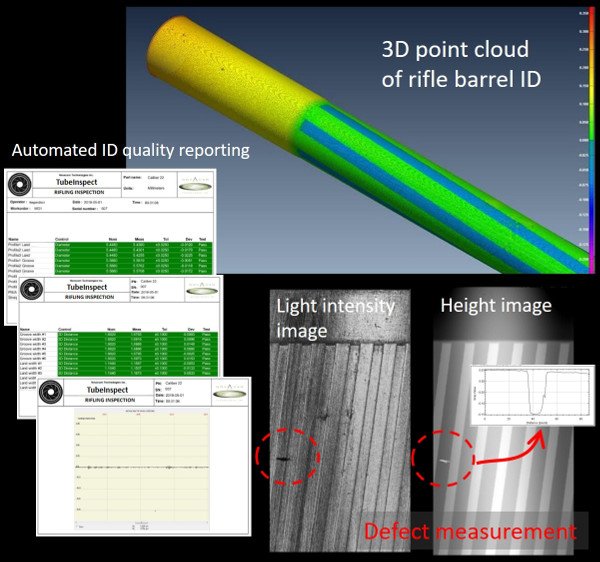Tim your last statement would make some wonder. It could be true then again it might not. Online anyone of us can say anything. Some people say a lot others others try to show what they have observed.
You obviously know something of rimfire as the comments you make it wouldnt be possible for you to pull out of your ass without knowing something about this gig.
Your last reply regarding #3 was good and informative. We could say close to the peak of the pie.

I have been doing some testing of my own regarding cleaning and the carbon ring. Results have been interesting. I have not recorded accuracy differences yet....

BUT I have a rifle that when colder then -8⁰c to -10⁰c there was 1 ammo that would lose stability and key hole. I cleaned the carbon ring and it seems that fixed the stability issues. Now I only had 1 cold day and it was barely cold enough to be absolutely sure that all stability issues are corrected. That topic will have to wait until next winter unless it cools off again.
When you are ammo testing for BR. What criteria do you use to decide which ammo performed best?
Also how do you decide if a barrel is a "dud" or not? At what point do you give up on a barrel?
OK this is tough(er).
I guess first re testing, IMO you learn zero until warmer weather, unfortunately.
I shoot no rimfire during winter, mostly because match ammo simply will not perform for a variety of reasons.
Cleaning ring, buy some C4 carbon cutter, let it soak 10-15 min.....done.Safely wipes out the ring. If you use anything abrasive you risk a less than round chamber.
The ammo testing is challenging mostly because realize it or not with a lot of the guns lots of you guys are shooting, there is precision robbing stuff going on, barrels, ignition, rest/handling, and on.
The one thing about testing for BR, first you have to establish all you are doing is ammo testing.
I compete, have had success and know I am shooting higher grade equipment/optics/ precision rests which reduces many variables, you don't have that investment. You have to have an established baseline......with my equipment, I have one.
Among the single biggest errors guys make testing ammo is not realizing when to do it. You need testing weather when it is calm and you’re not dealing with tons of other variables.
everything is consistancy.....you get unexplained flier, more than one, that’s not match ammo IF you can honestly say you did’nt screw up, miss a condition.
I shoot few groups, most guys do not. Get flags, learn to use them, I shoot over 4-6 and often I have an expensive bluetooh anemometer down range.
Under the right conditions, if I can shoot an IR card @250 15-18 X’s that ammo is in the running.
Even then If I use it, I will shoot a few of my close sanctioned matches before I use it in any State or Regional championship match. I’ve been shooting IR 50/50 primarily for 30 years so you also, kind, develop a feel for whats good, and really good...whats really needed to with a big match.
Also helps to network about lots available that are really working and that takes time.
The good news is quality match ammo has never been better overall, BUT, you are kidding yourself expecting match performance from CCI, mid level stuff.
ELEY black/red box, Lapua, CenterX, Midas..... not cheap but here, you get what you pay for.......that’s about it






